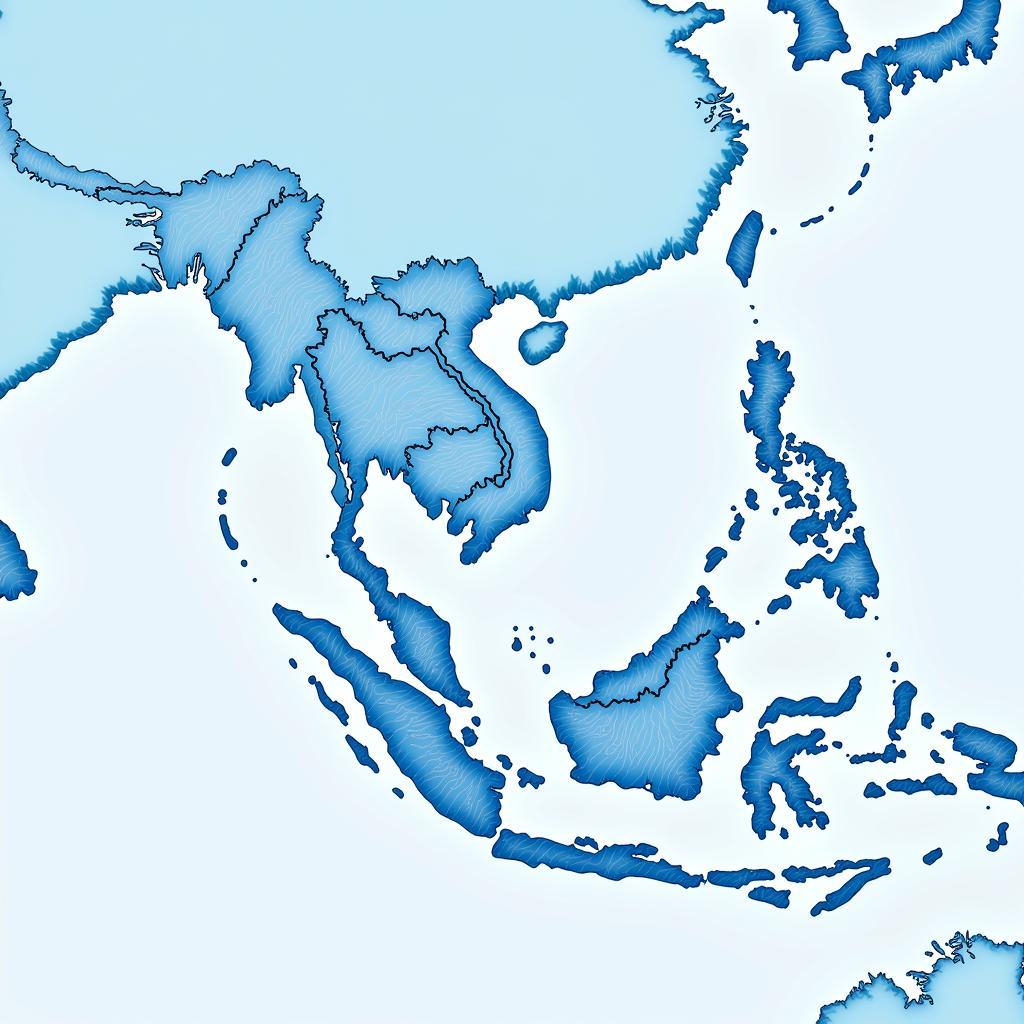The ASEAN V2 architecture represents a significant leap forward in regional digital infrastructure. This innovative framework seeks to enhance connectivity, promote digital inclusion, and foster innovation across all ten ASEAN member states. This article delves into the intricacies of the ASEAN V2 architecture, exploring its key features, benefits, and impact on Southeast Asia’s digital landscape.
What is the ASEAN V2 Architecture?
The ASEAN V2 architecture signifies a comprehensive blueprint for the region’s digital transformation. It builds upon the foundation laid by its predecessor, the ASEAN ICT Masterplan 2015, and incorporates emerging technologies and evolving digital trends. This strategic roadmap focuses on several key pillars, including:
- Enhanced Connectivity: The architecture emphasizes bolstering broadband infrastructure, promoting cross-border data flows, and bridging the digital divide between urban and rural areas.
- Digital Innovation Ecosystem: It aims to cultivate a thriving digital economy by encouraging innovation, supporting tech startups, and promoting digital literacy among citizens.
- Cybersecurity and Data Protection: Recognizing the growing importance of digital trust, the architecture prioritizes cybersecurity measures, data privacy regulations, and mechanisms for cross-border data governance.
Key Components of the ASEAN V2 Architecture
The ASEAN V2 architecture comprises several interconnected components that work in synergy to achieve its ambitious goals:
- ASEAN Digital Masterplan 2025 (ADM2025): This overarching document sets the strategic direction for digital transformation in the region, outlining key initiatives and targets.
- ASEAN Framework Agreement on Digital Data Governance: This agreement establishes principles and guidelines for cross-border data flows, ensuring data security and promoting interoperability.
- ASEAN Cybersecurity Cooperation Strategy: This strategy seeks to strengthen cybersecurity capabilities among member states, fostering collaboration to combat cyber threats effectively.
Benefits of the ASEAN V2 Architecture
The implementation of the ASEAN V2 architecture is poised to bring about numerous benefits for the region:
- Economic Growth: By fostering a robust digital economy, the architecture will attract investments, create new job opportunities, and boost regional competitiveness.
- Social Inclusion: Bridging the digital divide will empower marginalized communities, providing them access to education, healthcare, and economic opportunities.
- Regional Integration: Enhanced connectivity and data sharing will facilitate seamless trade, collaboration, and knowledge exchange among ASEAN member states.
- Improved Governance: Digital technologies will streamline government services, promote transparency, and enhance citizen engagement in decision-making processes.
Challenges and Opportunities
While the ASEAN V2 architecture presents a promising vision for the future, its successful implementation requires addressing certain challenges:
- Infrastructure Gaps: Significant investments are needed to improve broadband infrastructure, particularly in underserved rural areas.
- Digital Skills Gap: Equipping the workforce with essential digital skills is crucial for harnessing the full potential of the digital economy.
- Regulatory Harmonization: Aligning national policies and regulations across ASEAN member states is essential for seamless data flows and cross-border digital services.
Conclusion
The ASEAN V2 architecture marks a pivotal moment in Southeast Asia’s digital journey. By fostering collaboration, innovation, and inclusion, this transformative framework paves the way for a more connected, prosperous, and digitally empowered ASEAN. As the region embraces the opportunities presented by the digital revolution, the ASEAN V2 architecture will serve as a guiding compass, steering Southeast Asia towards a brighter digital future.
 ASEAN V2 Connectivity
ASEAN V2 Connectivity
FAQs about ASEAN V2 Architecture
1. What are the key objectives of the ASEAN V2 architecture?
The ASEAN V2 architecture aims to enhance digital connectivity, promote innovation, foster digital inclusion, and strengthen cybersecurity across ASEAN member states.
2. How does the ASEAN V2 architecture benefit businesses?
The architecture creates a more conducive environment for businesses by improving digital infrastructure, streamlining cross-border data flows, and expanding market access.
3. What role do emerging technologies play in the ASEAN V2 architecture?
The architecture recognizes the transformative potential of emerging technologies like 5G, artificial intelligence, and blockchain, integrating them to drive innovation and economic growth.
4. How does the ASEAN V2 architecture address cybersecurity concerns?
The architecture emphasizes the importance of cybersecurity cooperation, promoting the sharing of best practices and the development of joint initiatives to combat cyber threats.
5. What is the significance of the ASEAN Framework Agreement on Digital Data Governance?
This agreement establishes a framework for cross-border data flows, ensuring data security, privacy, and responsible data sharing among ASEAN member states.
Need More Information?
Explore related articles on our website:
For further assistance and inquiries, please contact us:
Phone: 0369020373
Email: [email protected]
Address: Thon Ngoc Lien, Hiep Hoa, Bac Giang, Vietnam
Our dedicated customer support team is available 24/7 to assist you.
